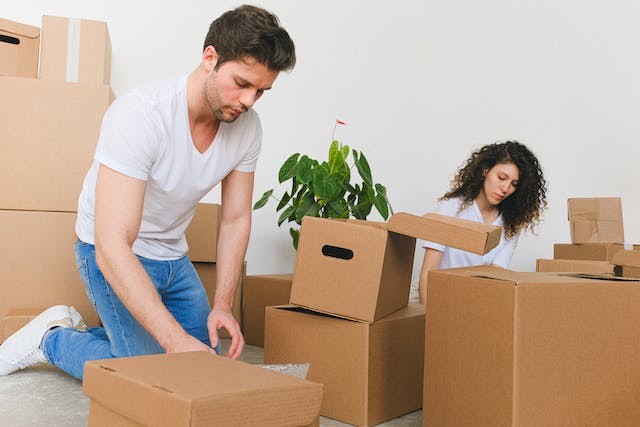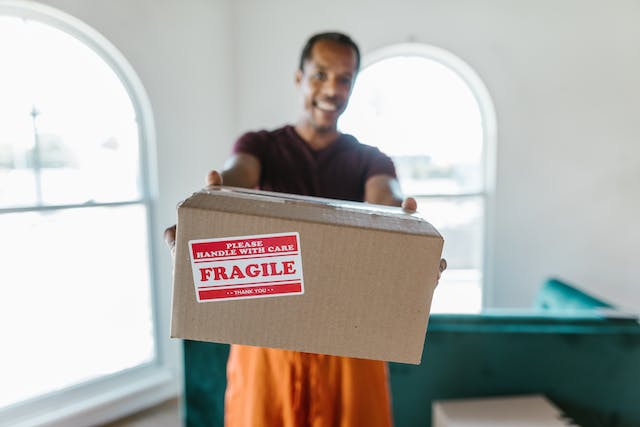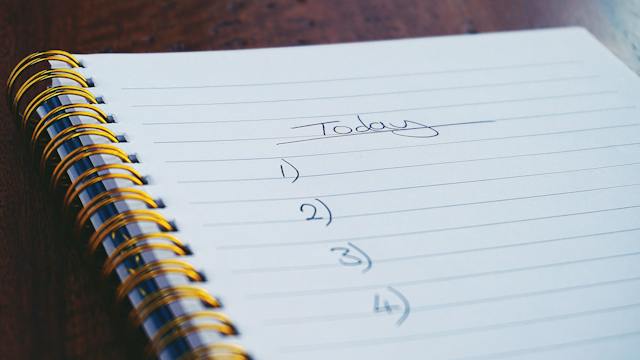The Ultimate Checklist for Moving to a New Home
January 2024
Moving to a new home is a process filled with numerous details that require careful attention and planning. Having a checklist for moving to a new home is essential to ensure a smooth transition. This checklist serves as a guide to help you track and organize the myriad tasks involved in relocating. This guide aims to reduce the stress associated with moving, covering everything from initial planning to settling into your new space. Whether you are a first-time mover or have experienced several relocations, this checklist will be a valuable tool to help you manage your move to your new home and neighbourhood efficiently.
Checklist for Moving to a New Home: Pre-Move Planning
To start your move on the right foot, begin with early planning. The sooner you start, the smoother your move to a new neighbourhood will be. Here is how to go about it:
- Selecting a moving date is your first step. This date sets the timeline for all your preparations, so choose wisely, considering factors like work schedules and weather conditions.
- Take time to explore different moving companies or truck rental options. Look for reliable services with positive reviews. Verify that the company is licensed and insured and that they offer clear, upfront pricing without hidden fees. For instance, Fairfax Transfer and Storage offers a range of services from local to long-distance moves, and they’re known for their meticulous handling of belongings and efficient service. With a history of satisfied customers and a strong reputation in the industry, they’re a solid choice for those looking for peace of mind during their move.
- Equally important is establishing a moving budget. This financial plan keeps your expenses in check and helps avoid unexpected costs.
- Inform relevant parties about your move, including your employer, children’s schools, and service providers. This advance notice ensures a smooth transition for all aspects of your life, from work commitments to your children’s education.

Decluttering must be a priority task on any checklist for moving to a new home
Decluttering: Lighten Your Load
Decluttering before moving simplifies the process and reduces stress. It’s an opportunity to reassess what’s essential and what’s not. This step not only lightens the load but also potentially cuts moving costs. Here are some practical tips to make decluttering effective:
- Categorize Your Belongings: Separate items into ‘keep,’ ‘donate,’ ‘sell,’ and ‘discard’ groups. It simplifies decision-making and organization.
- Start Early: Begin the decluttering process weeks before your move. It allows ample time to sort through everything without rushing.
- Be Realistic: If you haven’t used something in over a year, consider donating or selling it.
- Donate Thoughtfully: Research local charities and donation centers that accept gently used items.
- Sell Valuables: Use online platforms or local marketplaces to sell valuable items.

Before you start packing, gather all the necessary packing supplies
Packing Essentials
Packing demands both organization and efficiency. Before doing anything else, you need to gather all the necessary packing supplies. Look for sturdy boxes in various sizes, high-quality packing tape, and labels for easy identification.
An effective strategy for packing is the room-by-room approach. This method keeps items from the same room together, making unpacking at your new home more manageable. Start with rooms you use less frequently and gradually move to more commonly used spaces.
Label each box clearly with its contents and designated room to simplify unpacking. To keep track of your belongings, utilize technology. There are apps available that help you catalogue the contents of each box, making it easy to find items later.
Finally, pay special attention to fragile items. Wrap them in bubble wrap or packing paper, and use sturdy, well-padded boxes to ensure their safety during transit.

Collaborate with your moving team to discuss any items that require special care
Moving Day Strategies
Moving day can be a whirlwind of activity, but with the right strategies, it can go smoothly:
- Preparing an essentials box containing items you’ll need immediately upon arrival at your new home is a lifesaver. Include toiletries, snacks, necessary documents, and a few basic tools. This box should be the last to load and the first to unload.
- Perform a final sweep before leaving your old home. Check all rooms to ensure nothing is left behind. Secure all windows and doors, and switch off all lights.
- The topic of transferring the items you’ve left in the rented storage space should be thoroughly discussed with the professionals you’re working with. Ensure clear communication about what needs special handling and confirm the delivery schedule. If you have specific instructions about certain items or the unloading order, communicate these early on.
With these strategies, your moving day will be smooth and well-organized.
Making Your New House a Home
Settling into your new house is super important. As part of your checklist for moving to a new home, focus first on unpacking essentials. Prioritize rooms based on immediate needs, like the kitchen, bathroom, and bedrooms. This approach ensures you have functional living spaces from day one.
When arranging furniture and decor, consider both aesthetics and functionality. Position furniture to maximize space and create a comfortable flow in each room. Also, think about security features, such as the placement of locks and the installation of a home security system, to ensure your family’s safety and peace of mind.
Once you are done with the technical part, get to know your neighborhood. Introduce yourself to your neighbors and explore local amenities. Engaging with your community opens doors to new friendships and opportunities. This balanced approach to settling in transforms your new house into a home, fostering a sense of belonging and comfort.
Post-Move Paperwork
You must address the necessary post-move paperwork to fully settle into your new home. One of the first tasks is updating your legal documents. Change the address on your driver’s license and ensure your voter registration reflects your new location. These updates are crucial for maintaining legal compliance and civic responsibilities.
Additionally, registering for local services enhances your integration into the community. It could involve getting a new library card or signing up at the nearby community centre. These steps provide access to valuable resources, help you connect with your new neighbours, and discover what your new area offers.
Future Planning
Looking ahead after your move is important for future planning. Start by implementing maintenance tips to keep your new space in top condition. Regular upkeep ensures that your home remains comfortable and functional.
Consider planning for future home improvements. Whether it’s a renovation project, landscaping, or adding smart technology, envision how you want to enhance your living environment. Plan your budget and prioritize the necessary improvements.
Lastly, take a moment to reflect on what you’ve learned from the move. Moving can be a valuable learning experience, teaching you about organization, adaptation, and resilience. Use these insights to navigate future challenges and make the most of your new home.
Final Thoughts
The checklist for moving to a new home is a fundamental tool that can make a difference in your moving experience. It serves as your roadmap, guiding you through each stage, from the initial planning to the settling-in phase. With the right approach, your move can be a successful and satisfying transition to a new chapter in your life. Happy moving!
Please contact Broker Donna Bulika for advice on selling real estate in Toronto and to book your private consultation by filling out the form below or calling/texting at 416-797-6226, or emailing sold@donnabulika.com





Recent Comments